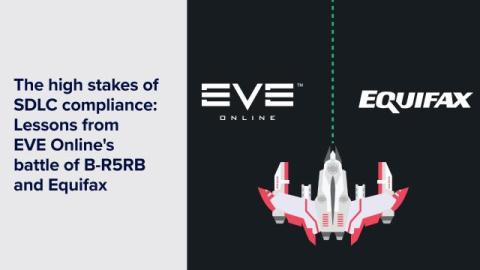Software Development Life Cycle: SDLC phases and best practices
The Software Development Lifecycle (SDLC) is a methodology that provides a structured process for developing high-quality software in a timely and cost-effective manner. The SDLC outlines software development as a series of tasks, creating a management framework focused on efficiency and quality. Software development is a tightly interwoven process that balances costs, deadlines, and capabilities.











